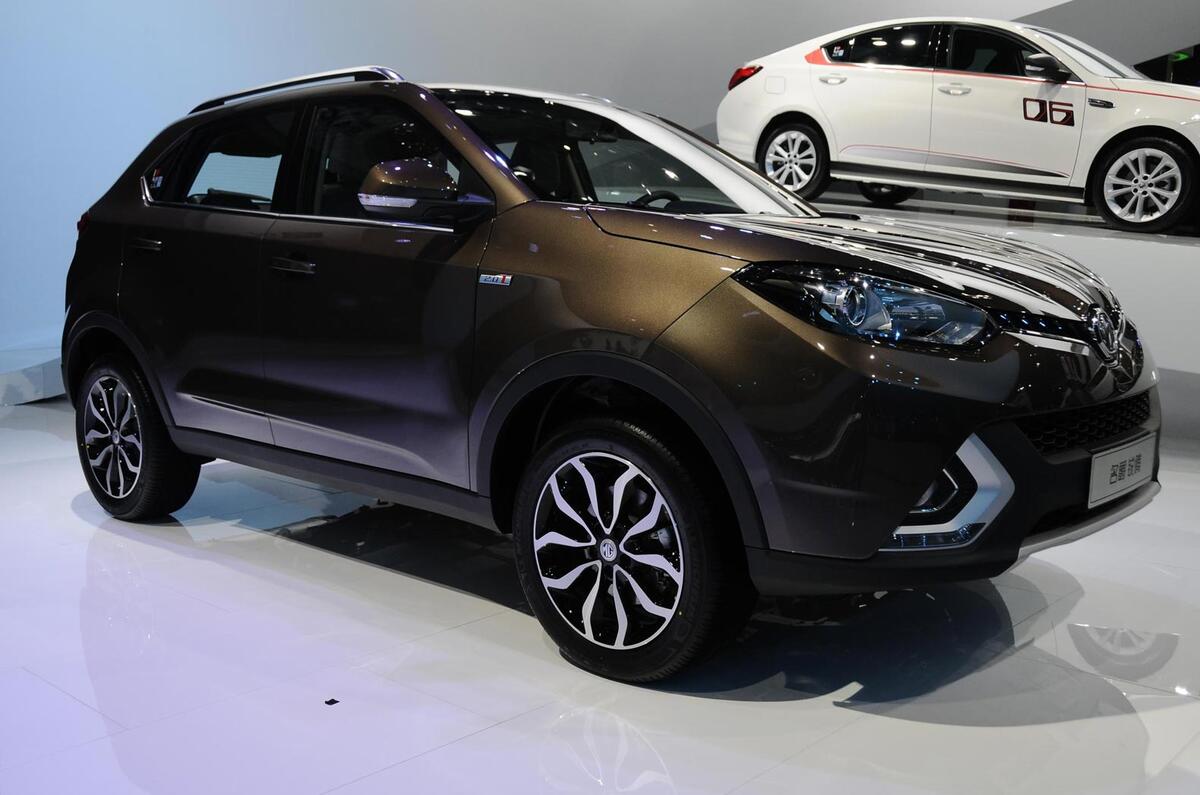If you work in the car industry, it must be tempting to think that building an SUV is a short cut to success. No surprise, really, that with SUVs booming in Europe and, now, in China, that MG’s third bodystyle is an SUV, shown in Shanghai this week.
You’d be unlucky to launch a compact SUV and not hit yearly sales in Western Europe of 130,000 or more. Even Peugeot’s Peugeot 2008 – which is arguably not much more than a jacked-up, high-roof estate car – shifted 135,000 units in 2014. Peugeot had to increase production to keep pace with what must have been unexpected demand.
Move into the sector dominated by the Nissan Qashqai – where the new MG GS will compete – and the volumes are even bigger. According to the sales stats for Europe in 2014, the Nissan led the field, shifting 200,000 units ahead of the ageing VW Tiguan on 150,000 (and a massive 515,000 units worldwide).
However, unlike the booming market for compact SUVs, the midsize sector is much more competitive, even though it accounts for about a million sales per year. Nearly 30 nameplates are competing in this market, which has resulted in a ‘long tail’ of models running from Qashqai at the top (202k) and the Peugeot 4008 (just over 2500 sales) at the bottom. But there are healthy sales to be had. Kia’s Sportage is in third place (nearly 97,000) Hyundai’s ix35 forth (nearly 94,000).
Even brands that rarely shift big numbers in Europe, get strong SUV sales. Mitsubishi’s Outlander saw nearly 36,000 sales and Suzuki’s S-Cross a similar number.
So, the omens for the MG GS are good, surely? The European midsize SUV segment is growing strongly and buyers seem to be willing to try a wide range of brands. Even Ssangyong moved 4820 Korando models in 2014, but there’s evidence that the MG brand is no better known across mainland Europe than is its Korean cousin.
Shortly after BMW broke up the Rover Group I was told that the Germans had let the MG brand go for a good reason. While BMW had retained Riley and Triumph and leased the Rover brand to the Phoenix buyout team, it was happy to dispose of MG, because it was much less valuable than British automotive enthusiasts might imagine.





Join the debate
Add your comment
Investment brings its own rewards
Might as well give it a try ...
Well firstly, this is not a
Secondly, That BMW "research" sure is outdated. Don't they even remember that the MG F and TF was the ebst selling roadster in the UK until it's death. There is value in the MG name but with the right cars! That means roadsters and coupes and sporty cars. The current crop of Chinese MG's are anythign but this. The 3 is probably the pic, but it looked dated at launch and none of these things look or feel British or MG.
I always though Porsche should have bought MG and dominated the lower range of the sportscar market with it. oh well.